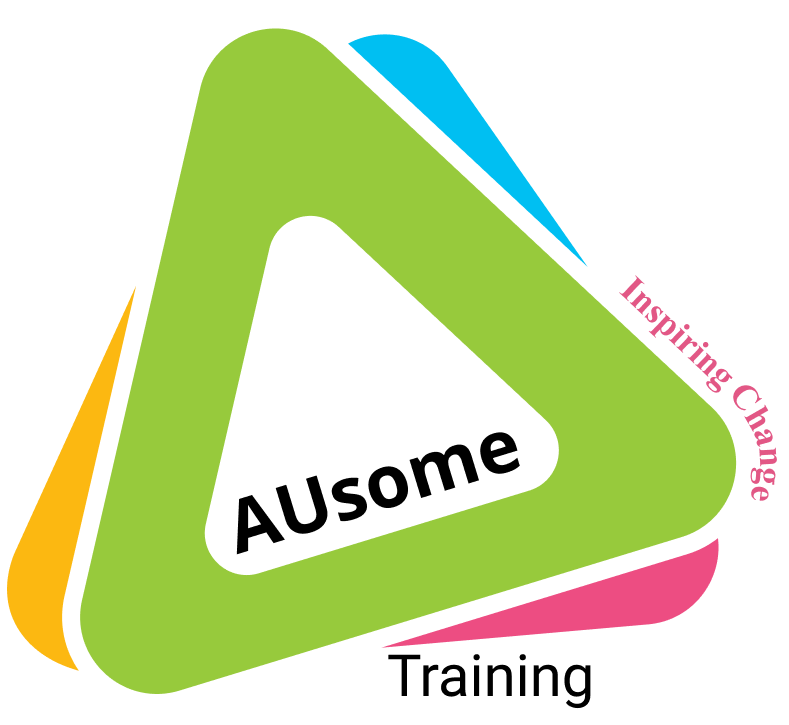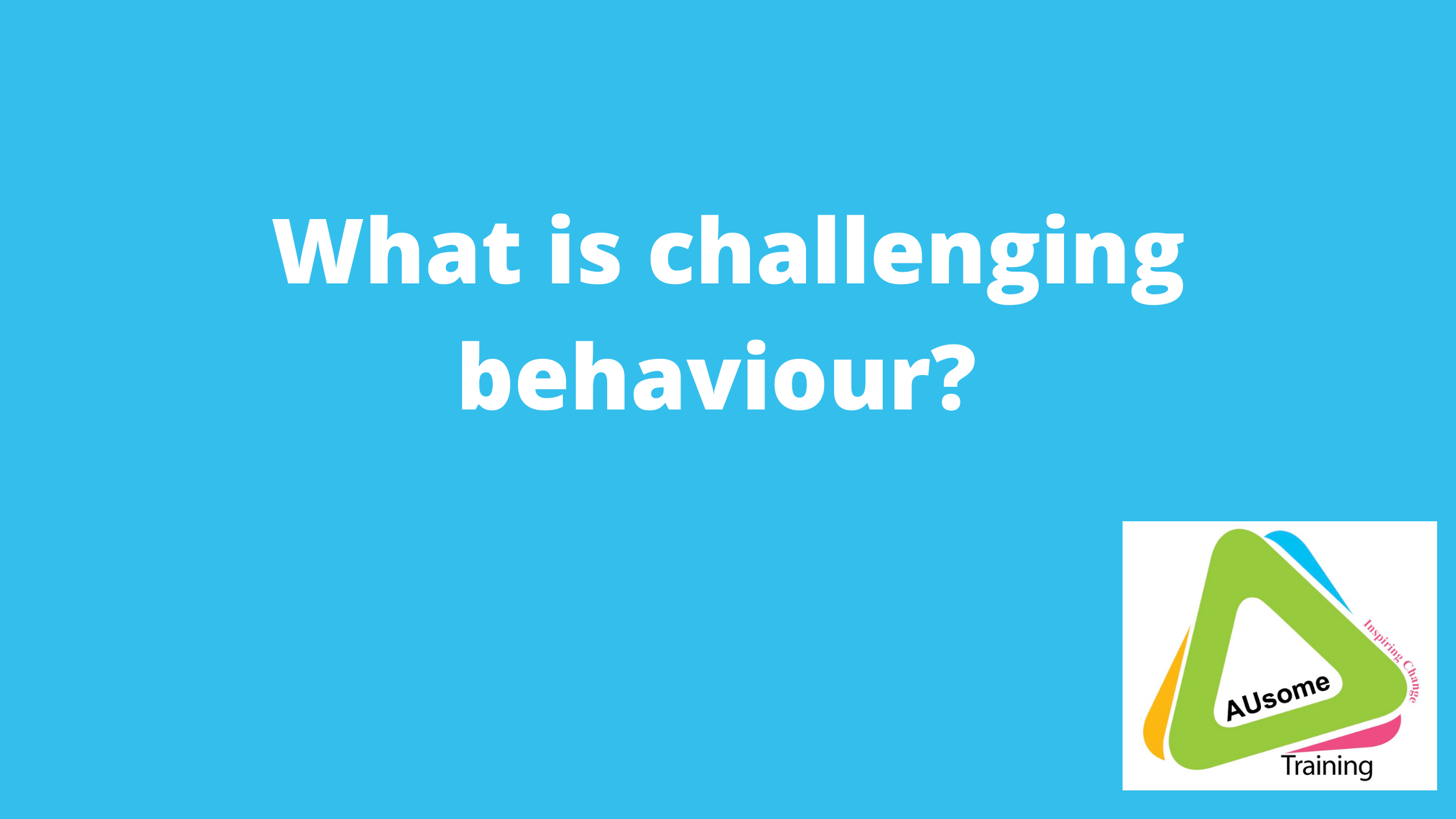Challenging behaviour is a phrase we hear quite a lot, especially – but not always – in relation to children, and almost always in the context of the classroom or crèche.
So, what does it mean?
Simply put, it refers to things a person does (behaviour) that those supervising their activity in a given setting find challenging.
That seems straightforward enough, and no doubt you can picture some examples – refusing to follow instruction, throwing or hitting, making noise or moving about in ways that are distracting and similar.
But that’s not what we’re interested in here.
Let’s analyse the phrase itself. It is a judgement, and a negative one. Someone has looked at a person performing an activity and concluded that that activity, in that place, at that time, by that person is, for them, challenging.
Before I continue I will note, and childcare and educational staff know this and are alert to it, that underlying ‘behaviour’ can sometimes be physical pain, illness, unrecognised disability (hearing, vision, etc) or even trauma or abuse. What follows assumes that these possibilities have been examined and do not apply.
Solutions to ‘challenging behaviour’
Okay, this is where it gets a little tricky, because language is rarely absolute. Does this mean you are being challenged (like some ‘meat-free for 30 days challenge’) or do we really mean something more like defied, ignored, threatened, obstructed? Well, yes, it is the latter of course. But I ask this question because when it comes to solutions to ‘challenging behaviour,’ these are often presented as the former type – something you can ‘overcome’ or ‘deal with’ or ‘win’ and really that’s not an appropriate response, no matter how convenient it may feel in the moment.
Essentially, then, it boils down to ‘this is a bad thing, it impacts on you as a kind of obstacle, and you should squash, dominate, suppress, extinguish, overcome, so you win and the behaviour ends.’
There is no suggestion that context or understanding is particularly important in defining the ‘behaviour’ and these tend to arise only where they can be manipulated in order to achieve that suppression and gain that ‘win.’
That is possible because the phrase comes with a viewpoint, and that viewpoint is external. This thing exists, and it is challenging to me. An external observer views, assesses and judges the ‘behaviour’ and inevitably this means any solutions sought will already have their viewpoint pre-set. The solution will be about ending the challenge to you, not about understanding the context or cause of the behaviour for the other person.
Understanding “Challenging Behaviour”
So let’s dismantle the whole thing and ask a few questions, using a hypothetical example.
Lucy wriggles, taps and vocalises intermittently during story time. This breaks the teacher’s flow and distracts their attention. The teacher’s storytelling is fractured as a result. Other children can lose their attention.
Zoom out… everyone has been told to sit quietly and still on mats in a semi-circle with the teacher at the front reading from the book. Children are expected to remain still, face the teacher, and not have toys and so on in their hands.
Already we have potential reasons for the ‘behaviour’ in that sitting in this way may be uncomfortable for Lucy or this kind of ‘whole body listening’ may be a struggle for them, making the experience a challenge. We will stop right there. It is a possibility only, but now we are suddenly thinking about Lucy dealing with a possible challenge, not the teacher. These are things that immediately need us to switch to a focus on How and Why – how might it be challenging, why does story time need to be in this format, why is quiet listening difficult, how can we make the experience easier for Lucy (and indeed potentially for everyone), and so on.
Note that we have not actually got to the ‘behaviour’ which is deemed ‘challenging’ yet. So, let’s consider that now. Lucy wriggles. Sometimes when an experience is hard or unpleasant but we feel trapped or constrained, we want to squirm, wriggle away, like working your way out of restraints. Also, we do not listen with only our ears just as we don’t touch only with our skin or taste only with our tongue – movement triggers our proprioception, which aids focus and thus removes distractions, making listening easier.
Movement can also be a response that shows comprehension and attention, even as it seems to indicate inattention and lack of comprehension. All ‘behaviour’ is, as the saying goes, communication. Not only can this indicate attention, it can help with comprehension and remembering by linking sounds with movement, and movement with meaning, thus strengthening focus and comprehension. It may be a form, then, of echopraxia – imitation of movements – and in the context here could almost be thought of as a form of naïve ‘interpretive dance.’ Or just jumping up and down at a concert.
Sounds can also work in this way, with the classic example being echolalia. But also consider how call-and-response, singalong, cheers at sports events, and those little ‘oh, really?’ and ‘yes, hmm.’ and ‘okay…’ interjections we all use to indicate we are listening. So, it is entirely possible – and actually pretty normal human behaviour – to respond vocally (and through movement) to things we are engaged with, understand, emotionally committed to.
Behaviour is communication
So-called ‘challenging behaviour’ can, then, actually simply be communication that the person is interested, enjoying the experience, understanding, and reinforcing the comprehension or emotional parts of the experience. And it can equally be indicative of real struggles, a sign that the person is feeling challenged… but that they actually want to engage and are just using various techniques common for all humans to help them do that.
Of course that doesn’t necessarily make life easier for teacher here. One person’s challenge may be overcome by this ‘behaviour’ but if it simply transfers the sense of challenge to another, it is not dealing with it, just offloading it elsewhere.
And this is why we need to address challenging behaviour. Not by extinguishing or punishing or shaming it, but by seeing it as one of those lifestyle, fun, or charity challenge things like planking or the ice bucket challenge or movember or veganuary. All of these are about thinking outside the box, stepping out of your comfort zone, trying something new, testing your ability, and that’s the key to addressing ‘the challenging behaviour challenge’ too.
How about story time really is about ‘full body listening’ – the kind where you can use movement, sounds, interaction to engage in listening and expressing comprehension. Imagine if emotional responses are encouraged, acting out the story with your body or toys, drawing inspired by what you hear. Imagine if sitting is okay if you want but that can be the other side of the room, on a chair or beanbag, hugging your friend, but so is lying down, closing your eyes, spinning around. Imagine clapping and Ooohs and Aaahs and laughs and shrieks are all part of the experience.
If you approach this storytime ‘challenge’ with these as the ground rules, perhaps Lucy will be more comfortable, feel more included, even be a leader of responses.
Can you do the Challenging Behaviour Challenge? Try it out for the month of April! Post your achievements on Tik-Tok and Insta! Definitely challenging, but also can be fun and absolutely for a ‘good cause.’
If you need more help understanding autism and behaviour then we have a course packed with real life examples in 7.5 hours of video tutorials. It’s full of ways for you to understand the feelings and motivation behind behaviours.
This article was written by Stiof MacAmhalghaidh, our special matter expert at AUsome Training.



